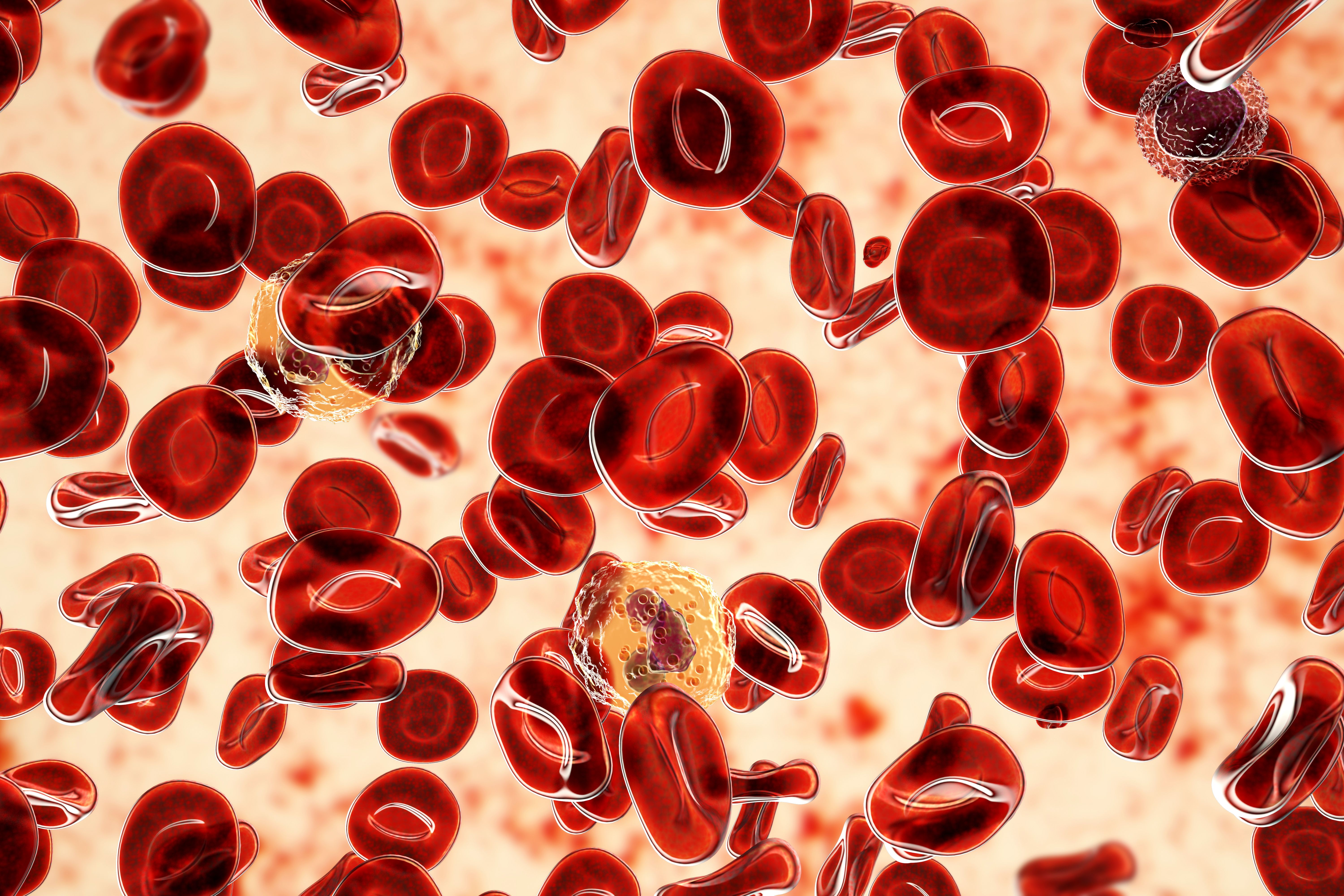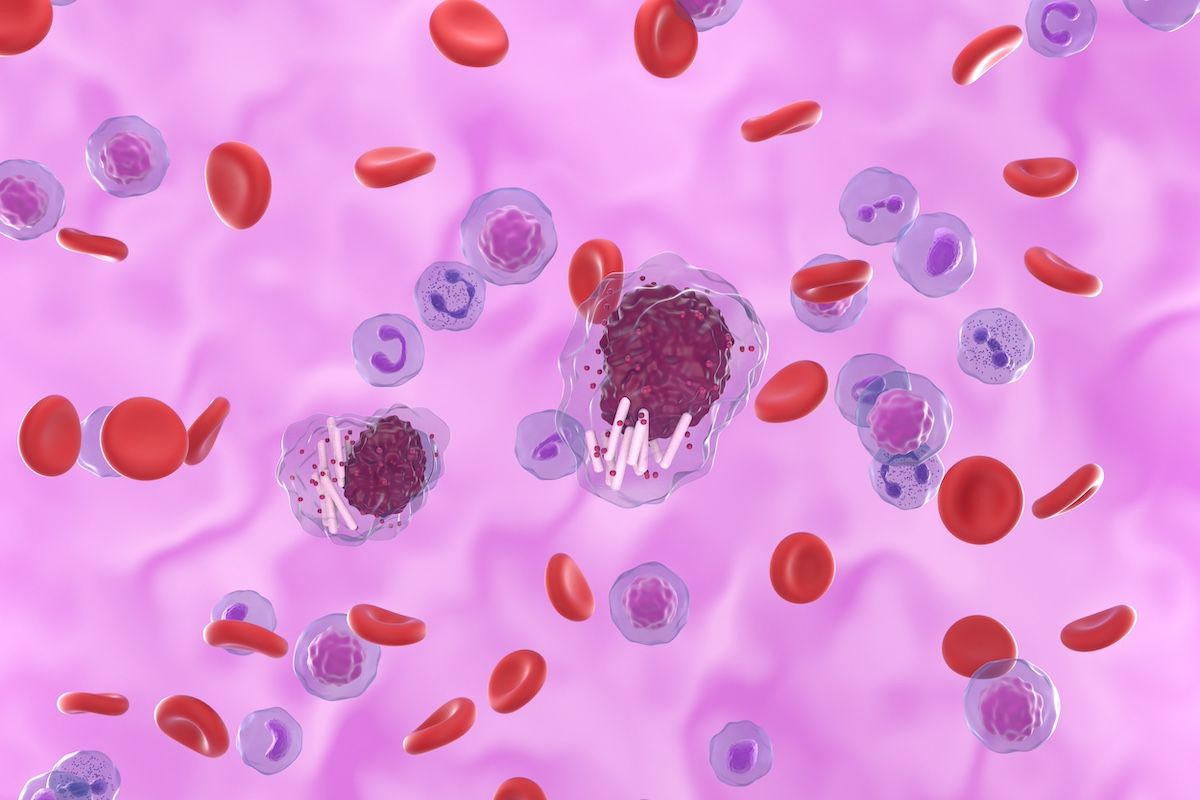Article
New Imaging Technique Reveals Inner Structure of Red Blood Cells
Author(s):
Researchers have used super-resolution microscopy to unveil the geodesic mesh that supports the outer membrane of a red blood cell, in a discovery that could eventually help uncover how the malaria parasite hijacks this mesh when it invades and eventually destroys red blood cells. The work was published in the latest issue of Cell Reports.
Researchers have used super-resolution microscopy to unveil the geodesic mesh that supports the outer membrane of a red blood cell, in a discovery that could eventually help uncover how the malaria parasite hijacks this mesh when it invades and eventually destroys red blood cells.
The work was published in the latest issue of Cell Reports.
Scientists at the University of California—Berkeley said in a statement that their work also shows why red blood cells are sturdy yet flexible enough to squeeze through narrow capillaries.
The parasite interacts with the mesh, called the sub-membrane cytoskeleton, said Ke Xu, an assistant professor of chemistry. "Now that we have resolved what is really going on in a normal healthy cell, we can ask what changes under infection with parasites and how drugs affect the interaction."
Typical human cells have a 2-dimensional skeleton that supports the outer membrane and a 3-dimensional interior skeleton that supports all the organelles inside and serves as a transportation system throughout the cell.
Red blood cells have only the membrane supports and no internal scaffolding. Because of their simpler structure, red blood cells are ideal for studying the skeleton that supports the membrane in all cells.
Electron microscope images earlier showed that the sub-membrane cytoskeleton in red blood cells is a triangular mesh of proteins, reminiscent of a geodesic dome. But measurements of the size of the triangular subunits were made by flattening out the domed membrane of a dead and dried-out cell, which distorts the structure.
However, super-resolution microscopy works well with wet and live cells and gives about 10 times better resolution than standard light microscopy.
By using super-resolution microscopy, the scientists were able to image the full sub-membrane cytoskeleton of fresh red blood cells and discovered that the triangles of the mesh are about half the size found in earlier measurements done with electron microscopy.
Each side of the triangle is 80 nanometers long, instead of 190 nanometers. This difference is key, because the building blocks of the mesh are a protein called spectrin, which can be stretched to a maximum of about 190 nanometers in length.
If the mesh were made of stretched spectrin, it would be rigid, Xu said. But since its normal length is a relaxed 80 nanometers, it acts like a spring, and giving red blood cells elasticity.
At the vertices of the mesh, where 5 to 6 spectrin proteins come together, is a different protein: actin. Actin is a standard part of the sub-membrane cytoskeleton and one of the main structural components of the cell.
The new imaging method also revealed never-before-seen holes in the cytoskeletal mesh that may also be critical to its flexibility.
Reference
Pan L, Yan R, Li W, et al. Super-resolution microscopy reveals the native ultrastructure of the erythrocyte cytoskeleton. Cell Rep. 2018(5):1151-1158. doi: 10.1016/j.celrep.2017.12.107.





